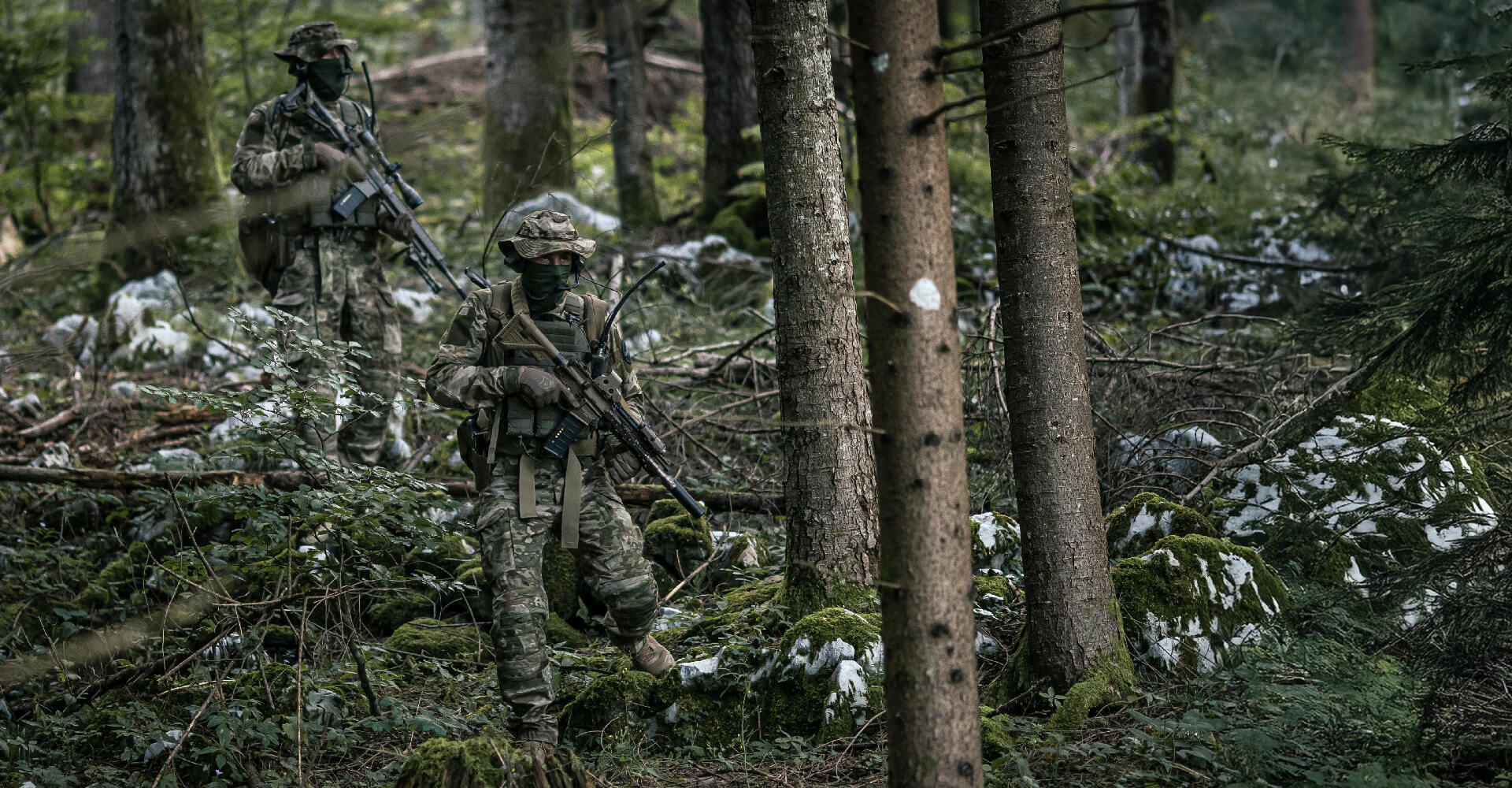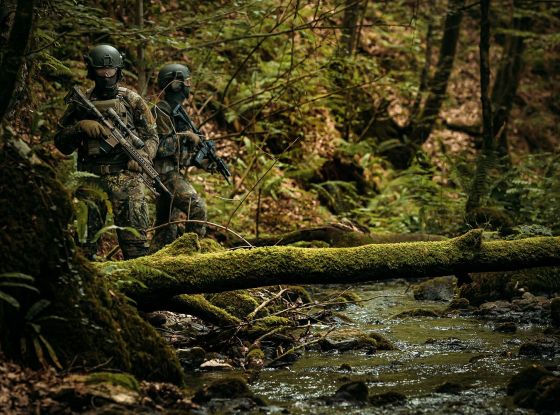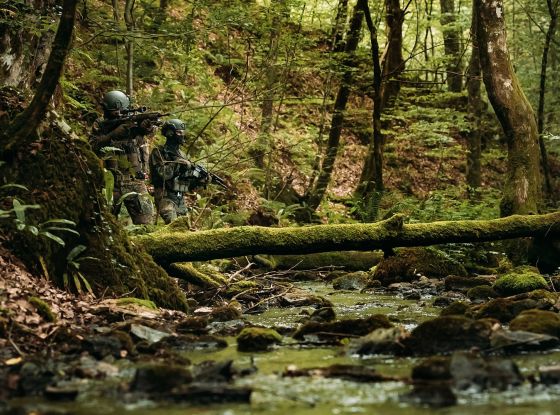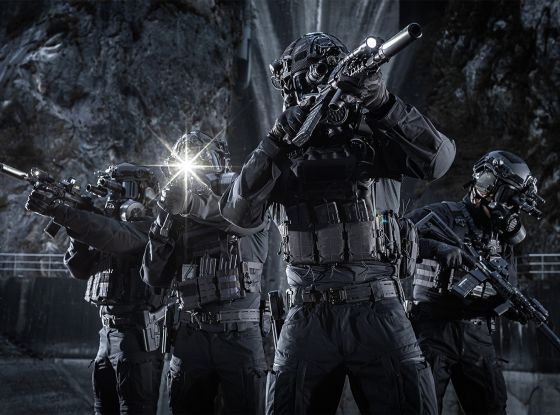Stealth in the field isn’t about invisibility—it’s about exploiting how the human brain detects anomalies in the environment. Whether you’re operating in dense forests, sprawling deserts, or complex urban landscapes, understanding why things are seen can make or break your mission.
In this blog post:
- Shape: The Pattern-Seeking Brain
- Shine: Light as Your Enemy
- Shadow: The Silent Betrayal
- Silhouette: The Unmistakable Outline
- Sound: Noise Carries Far
- Speed and Sudden Movement: The Eye Follows Motion
- Spacing: Patterns That Stand Out
- How the 7 S’s Work Together
- 7 S’s of Tactical Concealment with UF PRO gear
- Conclusion
The 7 S’s of tactical concealment—Shape, Shine, Shadow, Silhouette, Sound, Speed/Sudden Movement, and Spacing—explain how humans detect presence. These principles are not just guidelines but a framework for manipulating human perception, making you a ghost in any terrain.
Here’s how it works.
Shape: The Pattern-Seeking Brain
The human brain is wired to recognize patterns. It takes only a glimpse of a curve, an edge, or an outline for the brain to complete the image—a helmet becomes a head, a rifle becomes a threat. Shape detection happens faster than conscious thought, making it one of the most common ways humans detect others.
In the field, your shape is often the first thing that gives you away. A rounded helmet or the straight line of a weapon contrasts sharply against irregular natural forms. The key to breaking this recognition lies in disrupting your outline. Ghillie suits, layered vegetation, or even dirt smeared over your uniform all distort the shape your body naturally creates. But that’s only part of it—your posture matters, too. Crouching low to mimic a bush or lying flat to align with terrain contours makes it harder for the brain to interpret what it’s seeing.
By breaking the predictable geometry of your form, you exploit the brain’s reliance on patterns, forcing hesitation and confusion in anyone trying to spot you.
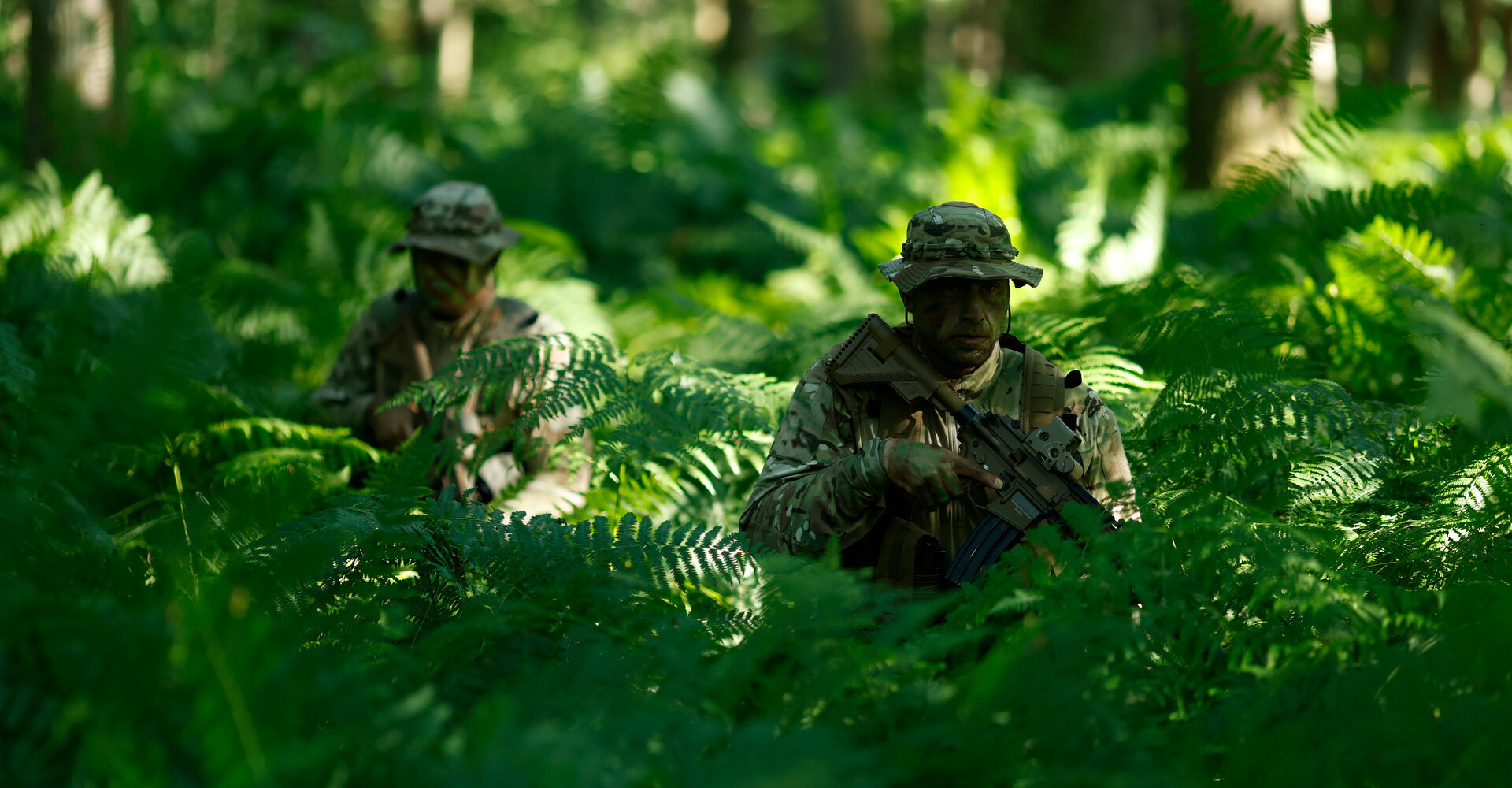
Shine: Light as Your Enemy
The human eye is a magnet for light. A single glint—a rifle scope catching sunlight, the reflective sheen of wet gear, or the gleam of sweat on your forehead—can draw attention from hundreds of meters away. Shine is detected instantly because it contrasts sharply against the matte, dull environment most natural landscapes create.
To neutralize shine, your approach must be both proactive and ongoing. Matte finishes and anti-reflective coatings on equipment are a good start, but they’re not foolproof. Mud, dirt, or camouflage netting can temporarily dull exposed surfaces, but vigilance is key. Regularly inspect your gear for overlooked reflective surfaces, especially in wet conditions. Even your positioning matters—a slight tilt of your scope can direct reflected light away from an observer’s line of sight, preserving your concealment.
Shine doesn’t just betray your location; it becomes a beacon, drawing attention in environments where every other surface blends into the background.

Shadow: The Silent Betrayal
Shadows are a paradox. They help you hide, but they also reveal you. A shadow cast across open ground, extending from behind cover, or moving when the rest of the environment is still, is as telling as a spotlight.
Humans are particularly adept at detecting shadows because they provide depth cues—information about size, shape, and movement. To manage shadows, you need a keen awareness of light sources. During sunrise or sunset, shadows grow long and can stretch far beyond your cover, exposing your position. Staying low, aligning your shadow with natural features like rocks or foliage, and using the terrain to distort or conceal it are critical techniques.
Shadows don’t need to disappear; they need to blend. A shadow that moves unnaturally or stands out in stark contrast is a giveaway. Mastering shadows means thinking beyond your immediate surroundings to predict how light interacts with your environment.
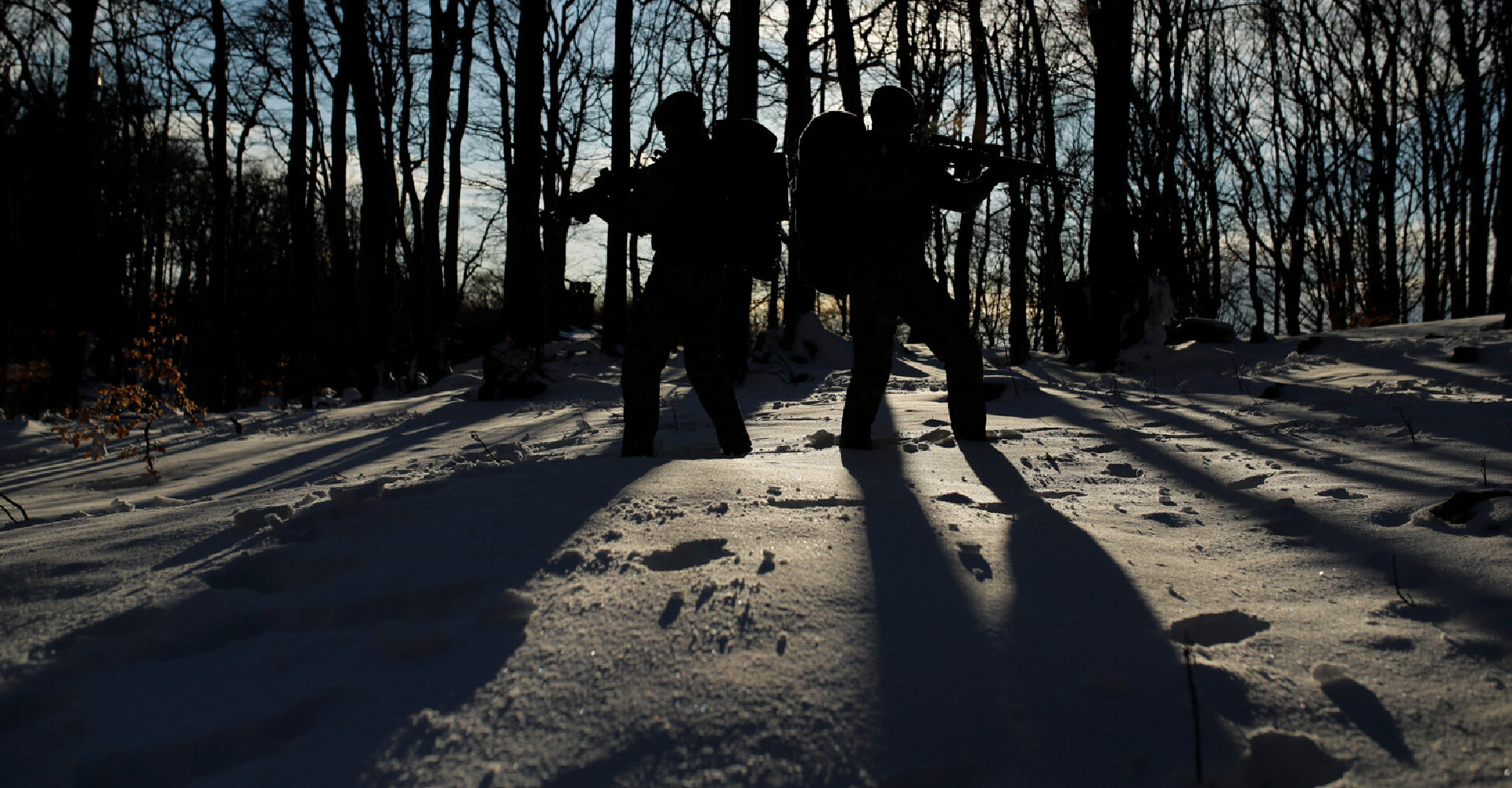
Silhouette: The Unmistakable Outline
The silhouette is one of the most unforgiving indicators of human presence. The brain is exceptionally good at detecting contrast, especially when a figure stands out against a uniform background. A soldier outlined against the sky, a ridgeline, or even a flat building facade is impossible to miss.
Breaking your silhouette requires an understanding of backgrounds and positioning. Avoid skylines and high points where your figure becomes distinct. Instead, align yourself with complex, cluttered backgrounds like tree lines, jagged rocks, or dense foliage. Even how you carry your gear matters—a poorly placed rifle or awkwardly packed rucksack can exaggerate your outline, making you more noticeable.
A well-camouflaged operator doesn’t just blend in; they dissolve into their environment, making their silhouette indistinguishable from the chaos of their surroundings.
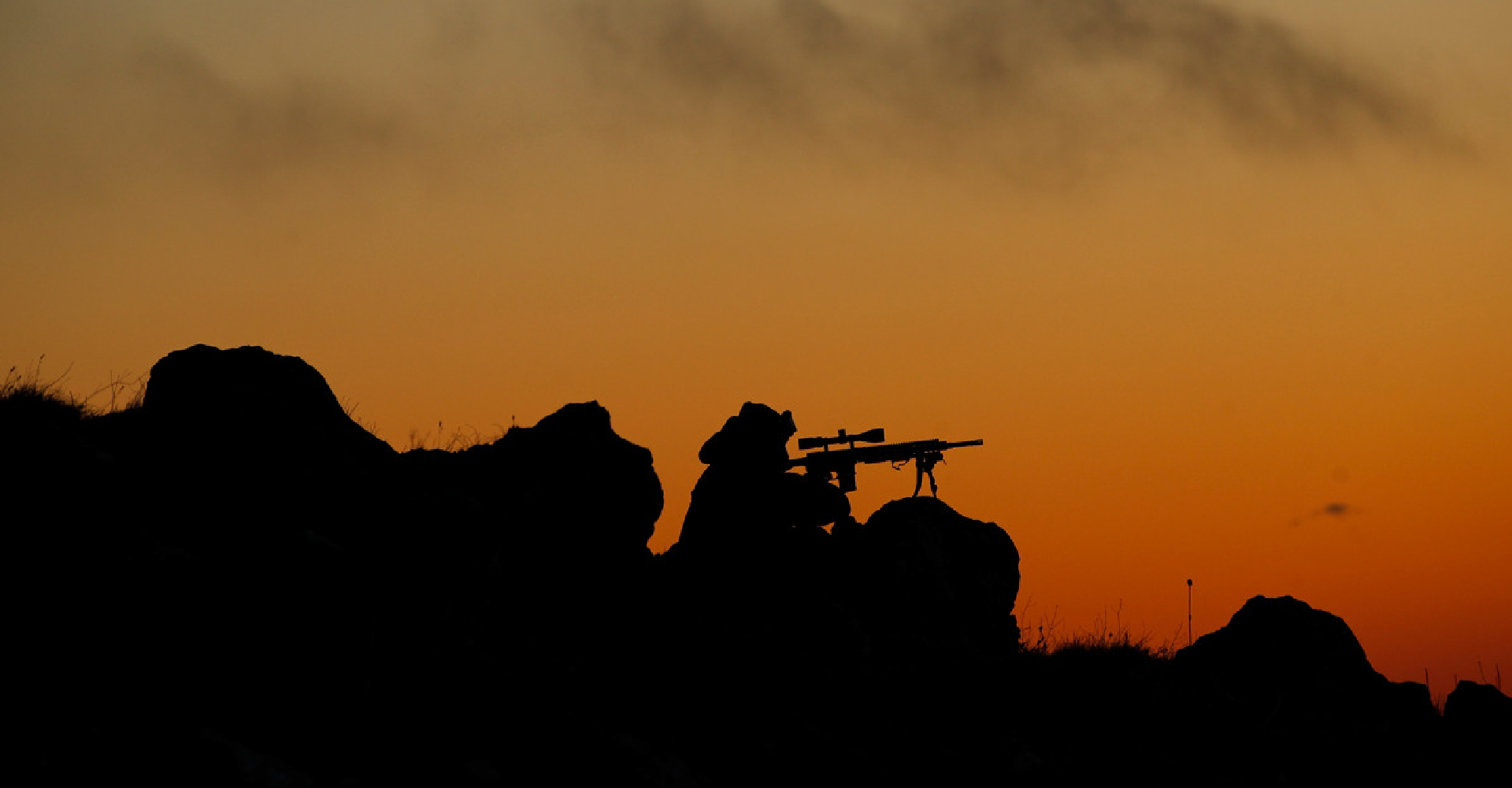
Sound: Noise Carries Far
Sound often precedes sight. The crack of a twig, the rustle of clothing, or the rattle of loose gear alerts an observer to your presence long before they lay eyes on you. Human hearing is finely tuned to pick out these sounds, particularly in quiet environments where natural ambient noise is minimal.
Controlling sound begins with securing every piece of your equipment. Loose straps, dangling gear, and even metal zippers can create noise at the worst possible moment. Movement also matters—deliberate, controlled steps minimize unnecessary noise. Adapting to the terrain is crucial: a technique that works on a soft forest floor may fail on gravel or concrete. Match your sounds to the environment. The rustle of wind in trees can mask footsteps, while urban echoes require an entirely different strategy.
Sound is a clue, and once detected, it’s only a matter of time before eyes follow ears.
SUBSCRIBE TO UNLOCK OUR EXCLUSIVE CONTENT
Enter your email and get timely updates and relevant intel on tactical topics directly to your inbox.
You are signing up to receive updates via e-mail from which you can opt out at any time. Visit our privacy policy for more info.
Speed and Sudden Movement: The Eye Follows Motion
Human eyes are designed to track motion. Even in peripheral vision, abrupt movement stands out against an otherwise static scene. It’s a survival mechanism—detecting threats quickly is hardwired into our biology.
For operators, this means that stealth is as much about how you move as where you move. Abrupt or erratic motions draw attention, even if your camouflage is perfect. Slow, deliberate movements are harder to detect, especially when synchronized with natural elements like swaying branches or shifting shadows. Pausing frequently allows you to blend into the background and lets an observer’s focus reset, reducing their chance of noticing you.
Movement isn’t the problem—unpredictability is. Controlled motion keeps you part of the environment rather than an anomaly within it.
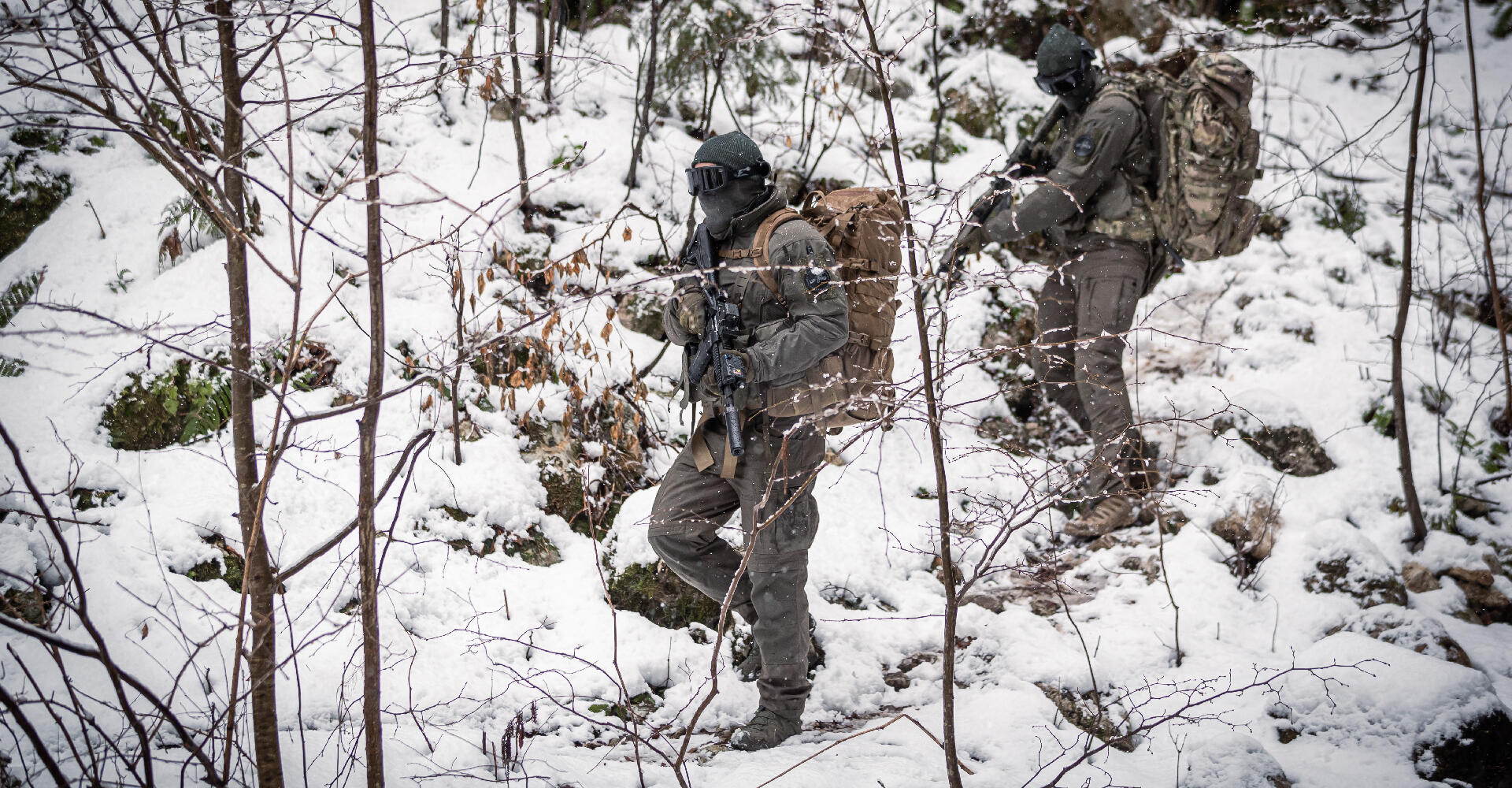
Spacing: Patterns That Stand Out
Humans excel at recognizing patterns, and spacing is no exception. Evenly distributed footprints, tightly clustered teams, or linear formations stick out in environments where randomness is the norm. Spacing becomes an immediate giveaway of organized human activity.
Disrupting spacing patterns requires intention. Randomizing distances between team members, adjusting formations based on terrain, and avoiding geometric alignments are all critical strategies. In dense environments, closer spacing may help avoid detection, while in open areas, dispersion prevents grouping from becoming obvious. Communication and coordination are key, ensuring the group remains functional while maintaining concealment.
Proper spacing doesn’t just hide individuals—it makes the entire team harder to detect as a unit.
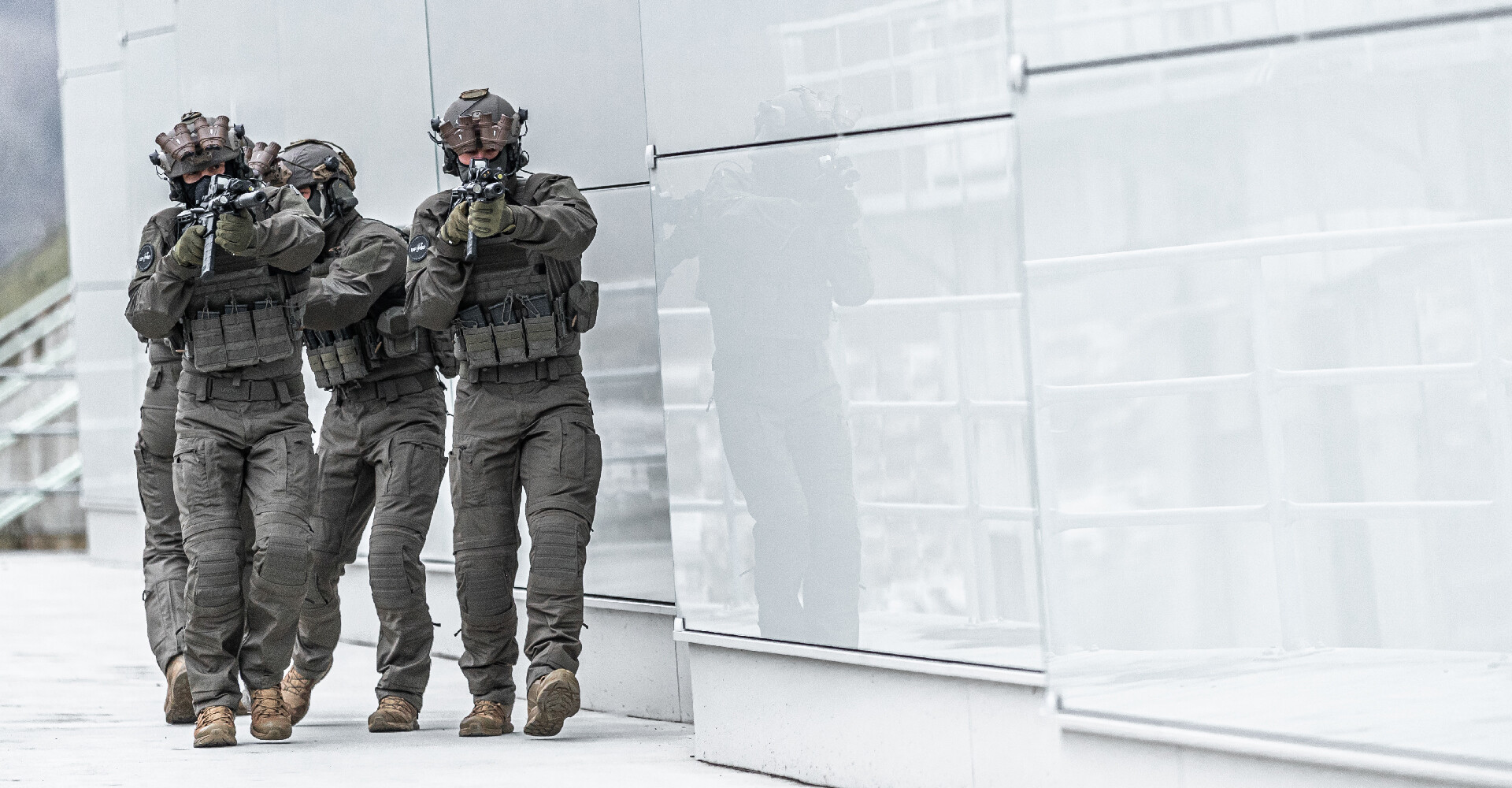
How the 7 S’s Work Together
The 7 S’s aren’t isolated concepts; they’re interconnected facets of a larger strategy. Shape, silhouette, and shadow exploit the visual aspects of perception, while sound and speed target auditory and motion detection. Shine bridges these senses, creating visual cues in light. Spacing ensures no single clue—visual, auditory, or spatial—gives you away.
Mastering these principles is about understanding how the human brain processes sensory information. By exploiting its limitations, you don’t just avoid being seen—you become unnoticeable.
7 S’s of Tactical Concealment with UF PRO gear
Our gear is designed to help you master the 7 S’s of tactical concealment by addressing key challenges operators face in the field - being seen is a risk you can’t afford to take.
The environment is constantly working against you—light reflects off surfaces, shadows stretch and shift, and every movement or sound you make has the potential to betray your position. The human eye and ear are finely tuned to detect what doesn’t fit the mold, making it critical to control how you blend into your surroundings. The challenge lies in managing these variables while staying mobile, effective, and ready to act.
That’s where precision-engineered tactical clothing comes in. Designed with deep knowledge of concealment and how the human senses operate, the right gear doesn’t just cover your body—it becomes a second skin that minimizes your visibility in every way. By using advanced materials, ergonomic designs, and carefully placed features, tactical clothing ensures that you can operate confidently without drawing attention to yourself. Non-reflective fabrics eliminate shine under harsh sunlight. Streamlined construction keeps your silhouette from standing out, while quiet materials silence movement. Even during rapid relocations, flexibility and durability ensure that you remain undetected.
The result is gear that doesn’t just meet your needs—it elevates your ability to remain undetected in any environment. When your clothing supports your concealment strategy seamlessly, you’re free to focus on your mission, knowing that every element of your appearance works to keep you undetected. With the right tools at your disposal, you stay one step ahead of the environment—and your adversaries.
Conclusion
Stealth isn’t about disappearing—it’s about controlling how you’re perceived. The 7 S’s of tactical concealment provide a framework for understanding visibility, but their mastery requires building skills and disciplines through practice, awareness, and adaptation to gain as much control as possible. Every environment is different, and every mission demands a unique approach.
By understanding how your adversary thinks and perceives, you can make the environment work for you. When you master concealment, you don't just survive—you control the battlefield.

